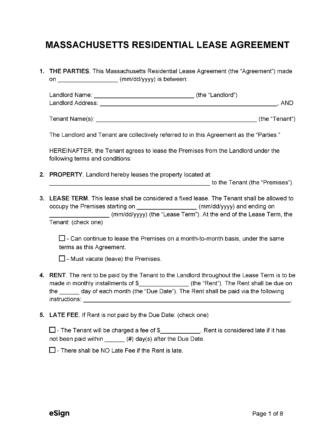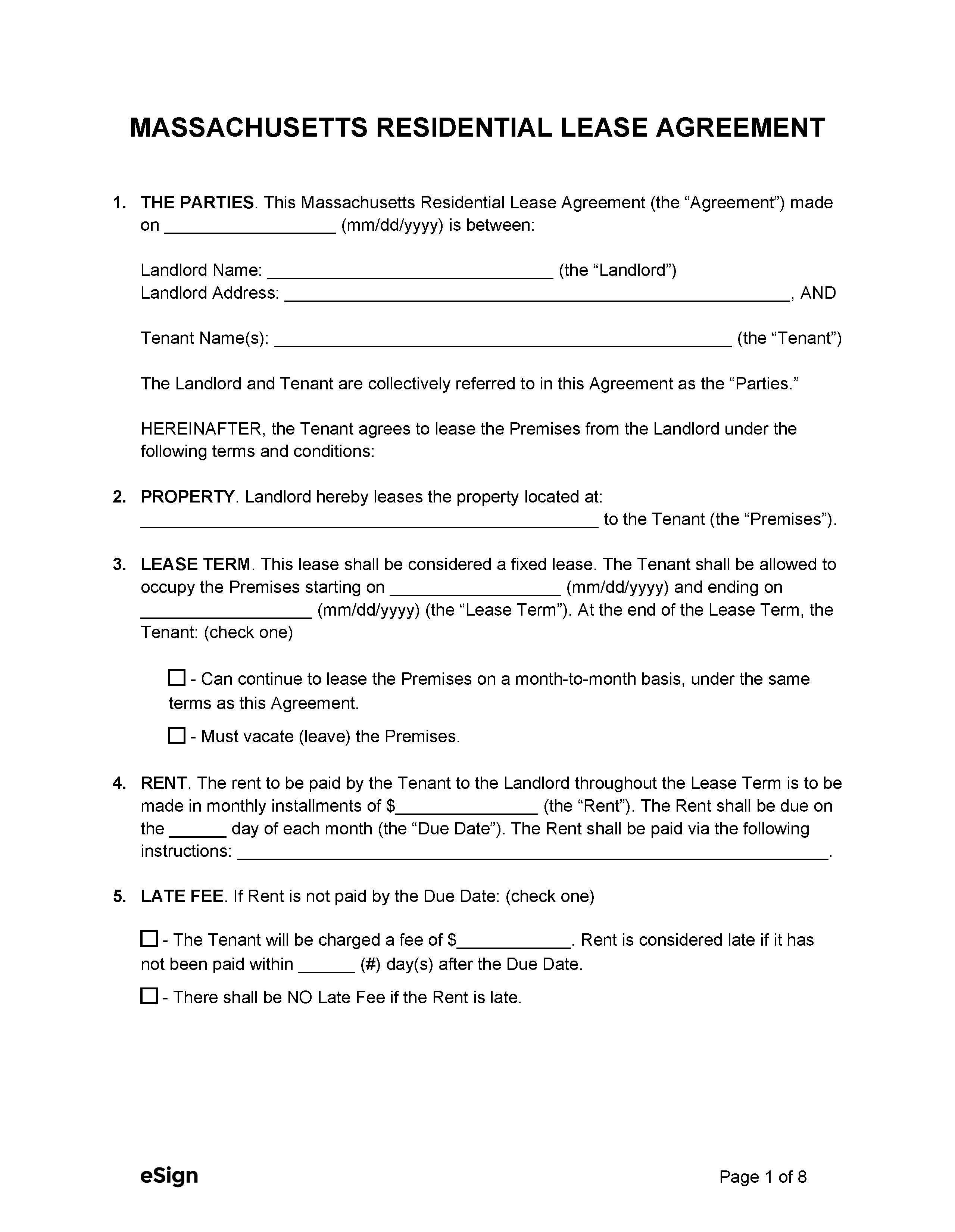Required Disclosures (5)
- Fire Insurance – Within 15 days of a request by the tenant, the landlord must disclose the name of the fire insurance provider, the coverage amount, and the name of the person who would receive payment.[1]
- Lead-Based Paint Disclosure (PDF) – Federal law requires landlords to provide this lead paint disclosure to new tenants if the rental property was constructed before 1978.[2]
- Security Deposit Receipt – Tenants who pay a security deposit must receive a receipt indicating the deposit amount, payment date, landlord’s name, and property description.[3]
- Security Deposit Account – Within 30 days of collecting a security deposit, the landlord must give the tenant a receipt specifying the name and location of the bank where the deposit is held, the account number, and the amount deposited.[4]
- Statement of Condition (PDF) – If the landlord charges a security deposit, they must prepare a report detailing the condition of the rental property and deliver it to the tenant when the deposit is paid or within 10 days after the tenancy begins, whichever occurs later.[5]
Rent Grace Period
A landlord cannot charge fees on overdue rent until 30 days have passed from the due date.[8]
Landlord Resources
- Estates for Years and At Will – MGL Ch. 186
- Handbook (Guide) – The Attorney General’s Guide to Landlord/Tenant Rights

